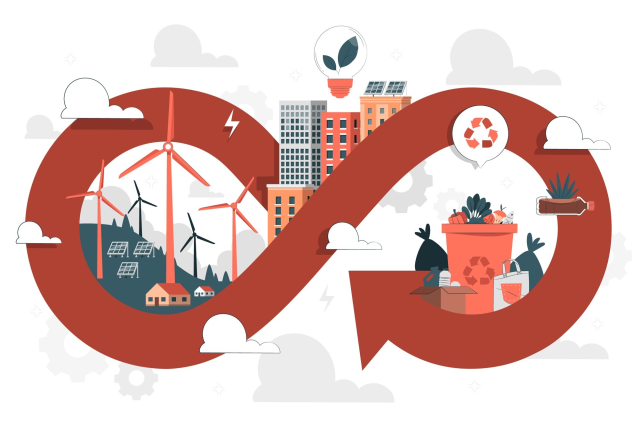
Although its acceptance is interrupted, waste (WTE) area is important for waste handling. The expansion of WTE solutions depends on overcoming these challenges, including public opinion, great cost and infrastructure obstacles. The main obstacles of waste-to-energy and novel ideas push business development, including this post.
Common Barriers to Waste-to-Energy Adoption
1. How the public views waste-to-energy sources
Public doubt is one of the major obstacles to WTE adoption. Opposition from local groups stems many from the belief that WTE facilities cause air pollution and health hazards.
Solution:
- Transparent communication and public awareness initiative will help to enlighten society about the benefits of WTE.
- Advanced filtration and emission control system works to remove environmental concerns.
- Enterprises such as the WTE system of Sweden throw light on how legal conformity guarantees safe operation.
2. Heavy costs and economic restrictions.
Some areas find it hard to reconcile the costs of building and running WTE facilities; those are enormous.
Solution:
- Governments can offer tax benefits, grants and subsidies to help reduce front capital costs.
- Public private participation (PPP) can appeal to investors by publicly distributing financial obligations.
- Through stability incentives, carbon credit plans enable WTE plants to make additional income.
3. Waste-to-Energy Infrastructure Limitations
Gradually adopted in many areas, modern WTE is the absence of essential infrastructure including plants, sorting sites, recycling systems and fast waste collection.
Solution:
- By combining waste collections and handling features, governments should help develop vast waste-infrastructure.
- Current features and innovators upgraded to advanced gasification or anaerobic digestive processes can help.
- Promotion of creativity in decentralized and modular WTE solutions can help reduce their costs.
Innovative Solutions and Technological Advancements
Despite the difficulties, WTE technology development is increasing environmental impact and efficiency.
1. Improved Waste Management Energy Solutions
New approaches of waste management will improve the efficiency of WTE and lower environmental damage.
- With gasification methods, trash is transformed into synthetic gas, which offers cleaner energy and low pollutants.
- Creating biogas from organic waste by means of anaerobic digestion provides a green alternative to conventional incineration.
- Plasma arc technology vaporizes high temperature rubbish, therefore reducing pollution by conserving energy.
2. Smart Waste Sorting and Recycling Integration
Modern plants use intelligent sorting systems to separate recyclables and dangerous materials before burning, therefore increasing WTE output.
- Robot-powered waste sorting systems help to lower pollution and increase material recovery.
- Advanced waste segregation programs in nations like Japan raise the efficiency of WTE.
Case Studies: Overcoming Waste-to-Energy Challenges
Strategic projects have enabled many businesses and areas to successfully address waste-to-energy issues.
1. Singapore's Tuas Nexus Project
Tuas Nexus has created an integrated waste and water treatment plant. This includes WTE with wastewater management as well. This novel strategy explains how infrastructure expenses can encourage success by cutting the use of landfills and improving energy recovery.
2. Advanced filtration systems of Covanta Energy
Leading WTE business Covanta Energy has installed state of the art air pollution control system, therefore greatly decreasing releases. Their method guarantees respect of environmental laws and answers the issues the public raises.
3. The Nation Wide WTE Initiative of Sweden
Through a circular economy scheme, Sweden has removed everyone with landfills. Swedish district heating systems are operated by imported waste from other countries for powerful public engagement and government incentives. This shows that policy-driven solutions may make WTE feasible and profitable.
Conclusion
Although problems with waste-to-energy are ongoing, creative solutions, state policies, and strategic alliances are helping to surmount these obstacles. The WTE region can be very important in permanent waste management by dealing with public concerns, cutting cost cuts and infrastructure. Stories of success around the world display WTE's ability to convert waste into a useful energy source, reducing environmental impact.






